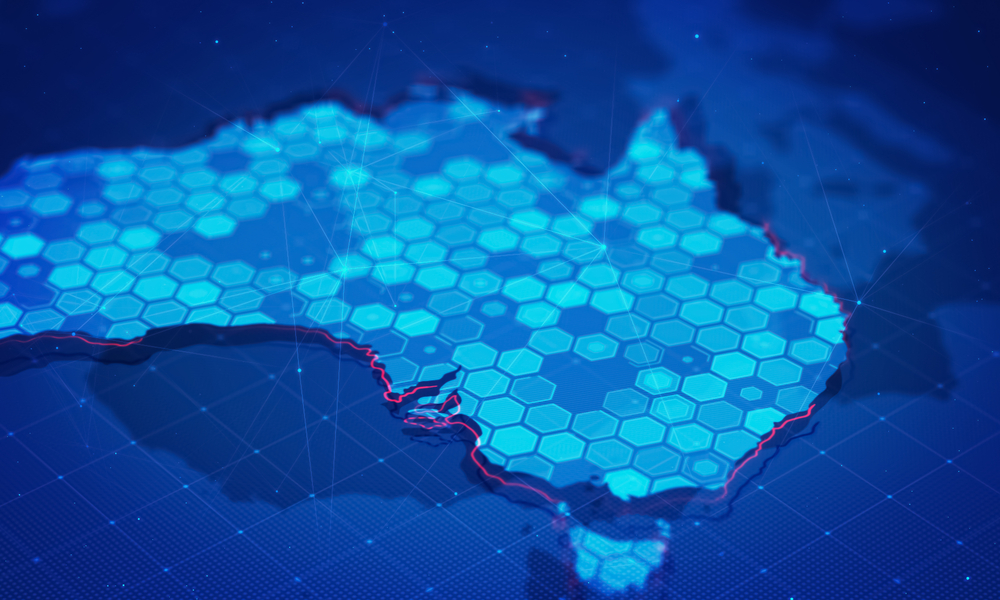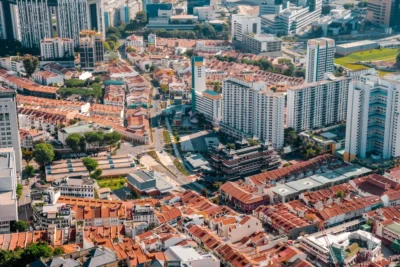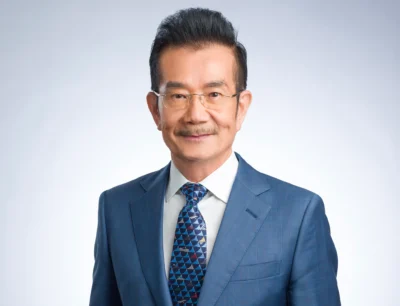Australian government reveals budget to implement digital economic strategies
By 2030, the Australian population is expected to have access to high-speed internet services and integrated data and technologies

According to the Australian government’s report, Digital Economy Strategy 2030, the goal for the next decade would be to secure investments in digital technology, which aim to improve jobs, productivity, and make the economy more dynamic and resilient.
By 2030, the Australian population is expected to have access to high-speed internet services and integrated data and technologies, which make life easier.
OpenGov Asia shares the Mid-Year Economic and Fiscal Outlook (MYEFO) 2021-22, reporting that AUD252.5 million (USD181.2 million) will be provided by the federal government over the next four years to implement initiatives under the country’s digital economic strategy.
The 5G innovation initiative will be granted AUD 22.6 million (USD16.2 million) to support private sector investment in 5G testbeds and trials, and for the next two years, an additional AUD800,000 (USD574,156) will go into R&D to meet Australia’s digital skills and inclusions needs in consultation with industry, education, and training sectors.
More: 5G, a breakthrough contributor to Vietnam’s economic growth
To assist Australia’s burgeoning digital economy, Telstra will undertake two large telecommunications infrastructure projects. These involve building and managing the ground infrastructure and fibre network in Australia for Viasat, a satellite company.
In a statement for Capacity, Telstra CEO Andrew Penn shared that “Investing in these two truly significant nation-building projects will see us continue to have the largest inter-city fibre network in the country, helping to future proof Australia’s digital economy and further improving connectivity in regional Australia.”
As of the end of last year, its 5G network reached 77.5 percent of the country’s population. Penn said that 2.8 million 5G devices were already connected to the network.
The carrier launched 5G in May 2020 and it is currently used in cities such as Adelaide, Brisbane, Canberra, Melbourne, and Perth.
Other projects and programs that connect will Australia are currently underway. These include regional connectivity, microgrid feasibility, and a satellite-based augmentation system.
The Property Report editors wrote this article. For more information, email: [email protected].
Recommended
Foreign demand recalibrates in Southeast Asia housing markets
Even amid global headwinds, Southeast Asia’s property markets hold appeal for foreign buyers
Tariffs and turmoil test Singapore homes as suburbs hold firm
Foreign levies, regional wars, and buyer fatigue are putting pressure on the city-state’s housing market
Gulf luxury markets lure global capital amid policy shift
Gulf nations are shaking off a reputation for overt bling to lead a post-pandemic luxury boom
China housing slump deepens as oversupply drags prices
Concerns remain over surplus inventory built by troubled property developers as prices continue to fall across all but a handful of major cities






